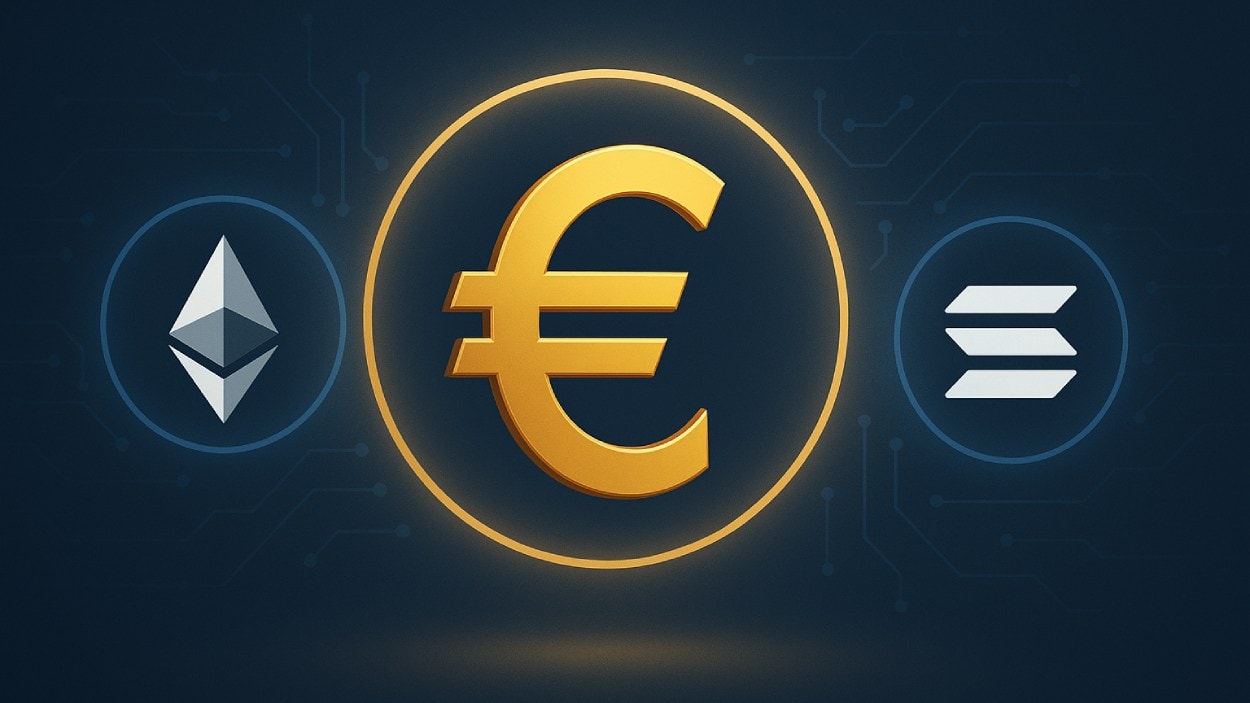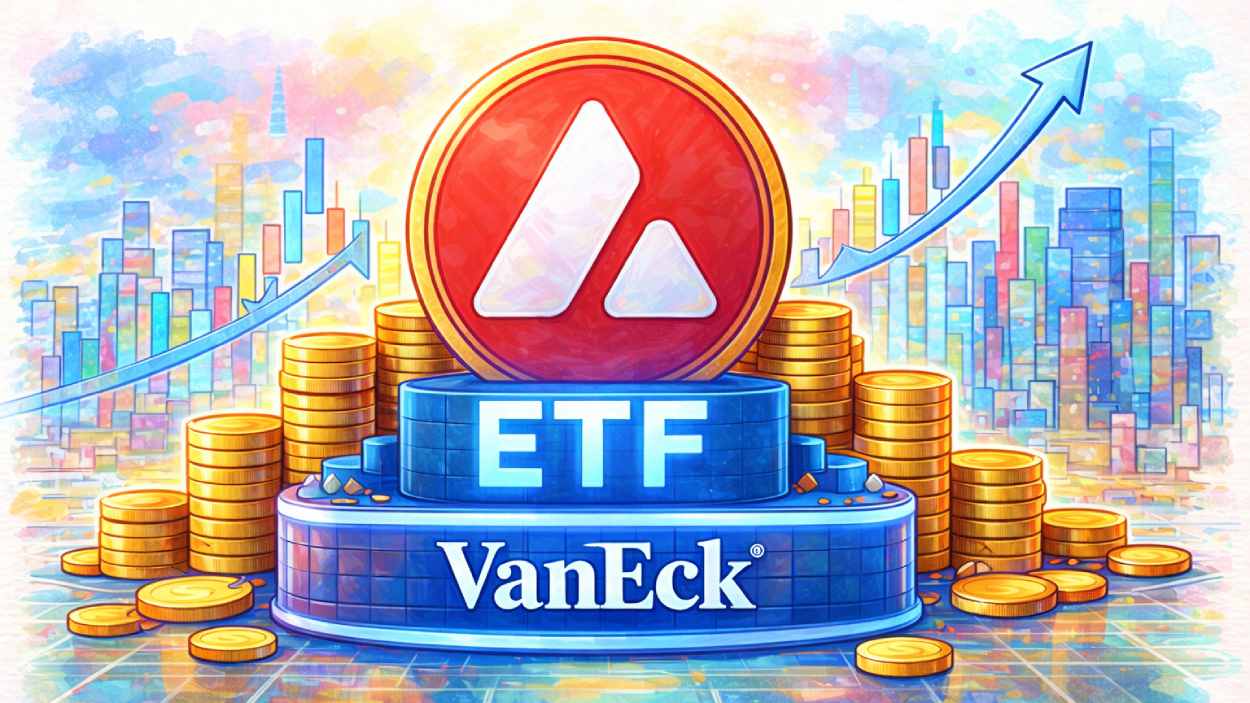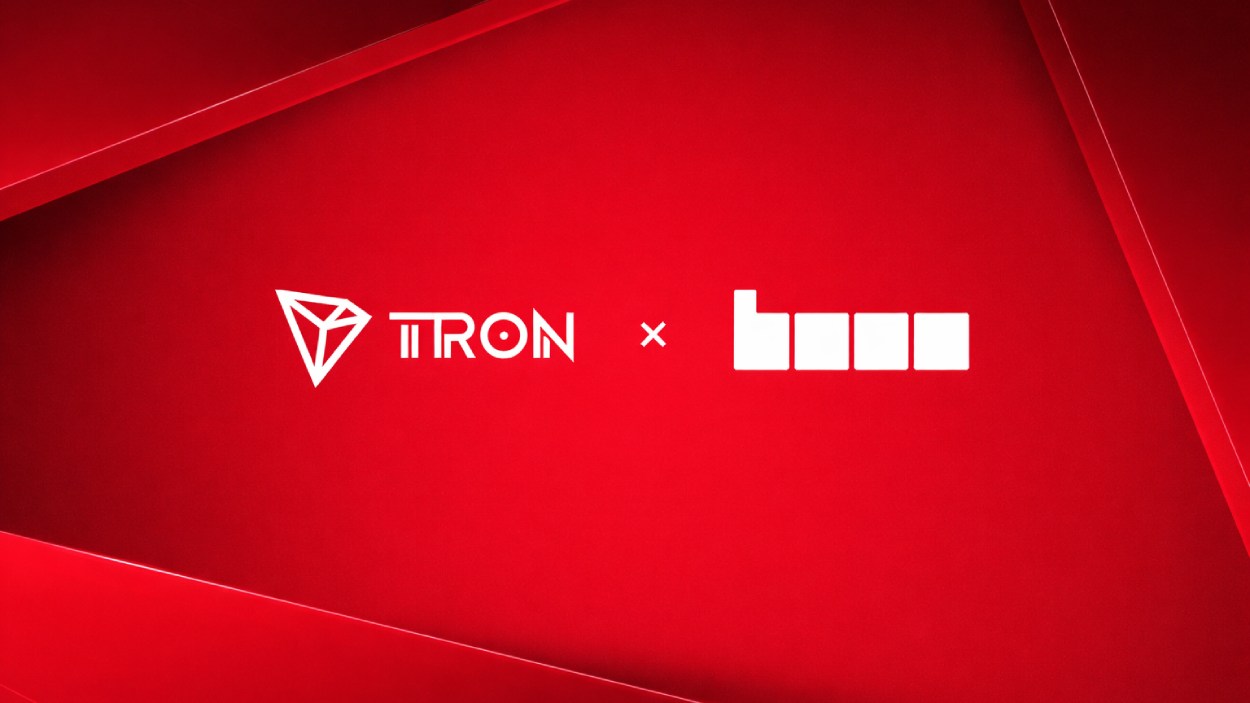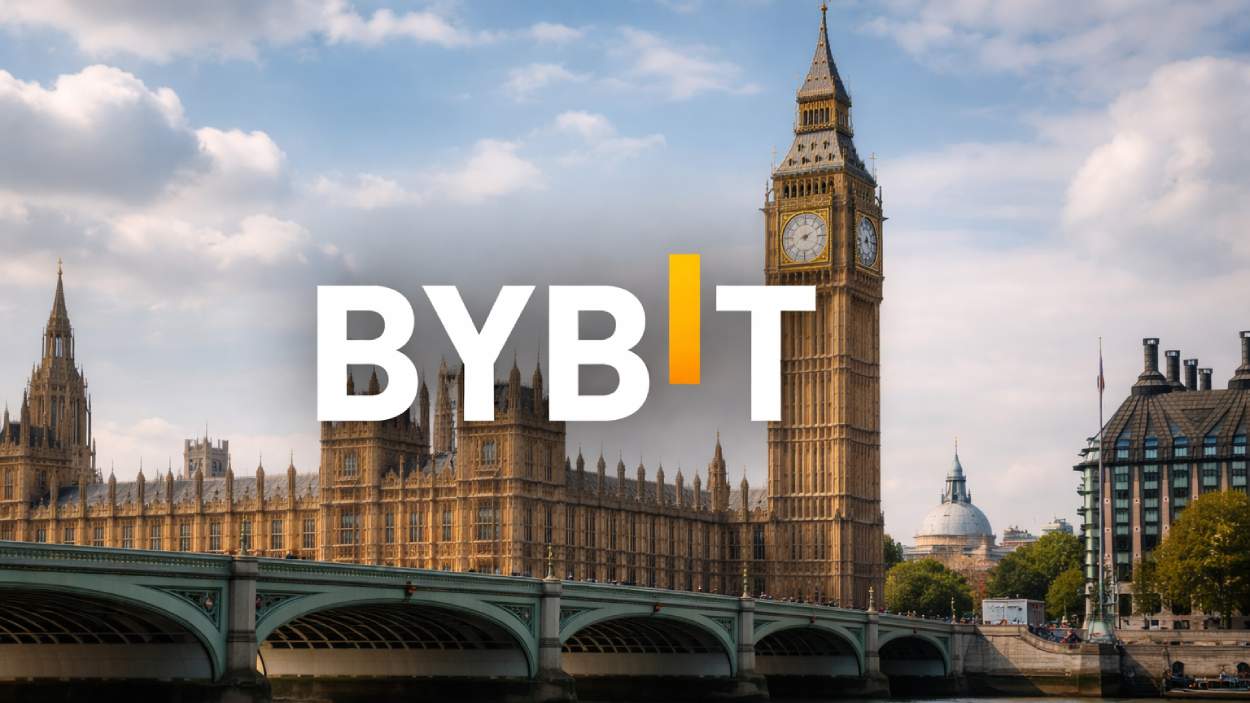Europe is moving fast to launch its own digital euro, with Ethereum and Solana emerging as top choices for powering the new currency.
Key Takeaways
- The European Central Bank is evaluating public blockchains like Ethereum and Solana to launch the digital euro, a shift from traditional private models.
- EU officials cite the dominance of US dollar-based stablecoins as a major reason for accelerating digital euro development.
- The GENIUS Act passed in the US adds pressure on Europe, as it creates clear rules for dollar-backed stablecoins.
- Ripple emphasizes the need for robust custody infrastructure, suggesting it will be crucial in supporting future tokenized finance and cross-border payments.
What Happened?
The European Union is speeding up efforts to roll out a digital euro and is now seriously considering public blockchain networks like Ethereum and Solana for its foundation. This marks a significant pivot away from private blockchain models, such as China’s CBDC, as Europe seeks to maintain control over its financial system and avoid overreliance on foreign digital currencies.
EU Pushes for Digital Sovereignty Amid Global Crypto Competition
The European Central Bank (ECB) has confirmed it is looking at both centralized and decentralized options to launch the digital euro. According to a report by the Financial Times, public blockchains are now being seriously evaluated, and Ethereum and Solana are leading contenders due to their scalability and widespread use in decentralized finance and token issuance.
Public blockchains allow greater transparency, accessibility, and speed, and the potential use of such technology would signal a major shift in Europe’s digital currency strategy.
Officials within the EU now see the digital euro as essential to defending the euro’s role in both global markets and internal financial systems. A prototype is expected in 2025, with implementation discussions still ongoing.
Reaction to US Stablecoin Dominance
The move comes shortly after the United States passed the GENIUS Act, a law offering clear regulatory guidelines for dollar-pegged stablecoins. Backed by strong federal support, including a signature from President Trump, the law gives US-issued digital currencies a significant edge globally.
US stablecoins, primarily those issued on Ethereum, now account for 98 percent of the $160 billion global stablecoin market, sparking serious concerns among European regulators.

ECB board member Piero Cipollone warned in April that Europe cannot afford to rely excessively on foreign payment solutions, underscoring the urgency behind the digital euro initiative.
China’s Private Approach and Europe’s Open Alternative
While the EU turns to open blockchain models, China has chosen the opposite route with its central bank digital currency (CBDC), operating on a closed, permissioned system. One EU insider told the Financial Times that using a private blockchain for the digital euro would be “much more like what the Chinese central bank is doing” rather than aligning with the open and public approach taken by US private companies like Circle.
This difference in approach highlights a growing divergence in digital currency strategy between China, the US, and Europe, with the EU positioning itself as a transparent and democratic alternative.
Ripple: Custody Infrastructure is Key to Scaling Digital Finance
Meanwhile, Ripple’s recent workshop with the Blockchain Association Singapore (BAS) emphasized the critical role of digital asset custody in the future of finance. Ripple noted that tokenized real-world assets could reach $18.9 trillion by 2033, and secure custody will be vital to supporting that scale.
According to Ripple and BCG’s 2025 New Value Report:
- 71 percent of Asia-Pacific financial institutions have grown more confident in digital assets over the past six months.
- However, only 30 percent use custody platforms, although another 52 percent plan to adopt them within three years.
Next-generation custody systems must do more than protect assets. They need to integrate with smart contracts, tokenized documents, and programmable payment infrastructure, ensuring compliance and automating cross-border settlement. This kind of infrastructure could form the backbone for digital euro operations, particularly if deployed on Ethereum or Solana.
CoinLaw’s Takeaway
In my experience watching global financial trends, this is a defining moment for the EU. By considering public blockchains like Ethereum and Solana, Europe is not only catching up to the US and China but also signaling a move toward more open, transparent financial systems. I found it especially encouraging that officials are finally seeing the urgency to protect the euro’s place in a digitized economy. And Ripple’s emphasis on custody? That’s not a side note, it’s the infrastructure glue that will either make or break stablecoin adoption. I think we’re entering a new era of competition where blockchain infrastructure will decide who leads the next financial chapter.
Hover or focus to see the definition of the term.

























































